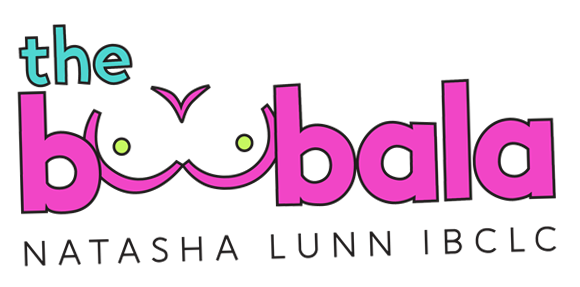Page Content
- How long should I latch my baby?
- Can a good latch still hurt?
- How do I know if my baby is latched?
- Do hiccups mean poor latch?
- What is the correct latching technique?
- What does a bad latch look like?
- What is the hardest month of breastfeeding?
- What do nipples look like after a good latch?
- Does bad latch mean no milk?
- Can I just pump and not latch?
Understanding Latching in Breastfeeding
Latching is a fundamental aspect of breastfeeding, referring to how a baby attaches to the breast to feed. This process is not merely instinctual; it requires practice and learning for both the mother and the infant. A proper latch is crucial for effective breastfeeding, ensuring that the baby receives adequate nutrition while minimizing discomfort for the mother.
The Mechanics of Latching
When a baby latches onto the breast, they should encompass not just the nipple but also a significant portion of the areola—the darker area surrounding the nipple. This technique allows the baby to effectively extract milk while reducing the risk of pain or injury to the mother’s nipple. A good latch promotes a strong milk flow, which is essential for the baby’s nourishment and can help prevent issues such as sore or cracked nipples for the mother ).
Signs of a Good Latch
Identifying a good latch involves observing several key indicators. Firstly, the mother should feel no pain during breastfeeding; discomfort often signals that the baby is not latched correctly. After feeding, the nipple should retain its shape, appearing round rather than flattened or compressed. Additionally, a well-latched baby will have their lips flanged outward, creating a seal that allows for effective sucking and swallowing.
The Learning Curve
While many assume that latching comes naturally, it is often a skill that requires time and patience to develop. New mothers may need guidance on positioning and techniques to encourage their baby to latch properly. This learning process can involve adjusting the baby’s position, ensuring they are facing the breast, and encouraging a wide mouth to take in more of the areola.
Conclusion
In summary, latching is a critical component of successful breastfeeding. It involves the baby’s attachment to the breast, which, when done correctly, facilitates effective feeding and minimizes discomfort for the mother. Understanding the mechanics of latching and recognizing the signs of a good latch can significantly enhance the breastfeeding experience for both mother and child.
How long should I latch my baby?
Newborns may nurse for up to 20 minutes or longer on one or both breasts. As babies get older and more skilled at breastfeeding, they may take about 5–10 minutes on each side.
Can a good latch still hurt?
If you have tried to improve the positioning and latch but you still feel intense pain, seek help. Some discomfort when latching in the early days is common as you and your baby are learning. Intense pain that does not subside after a few seconds indicates a problem.
How do I know if my baby is latched?
Your baby’s chest and stomach rest against your body, so that baby’s head is straight, not turned to the side. Your baby’s chin touches your breast. Your baby’s mouth opens wide around your breast, not just the nipple. Your baby’s lips turn out.
Do hiccups mean poor latch?
Keep your baby in an upright position for approximately 30 minutes after feeding. There may be a relationship between hiccups and latch connection. Ensure that your baby’s mouth is latched over the whole nipple when nursing.
What is the correct latching technique?
With your baby’s chin firmly touching your breast and their nose clear, their mouth should be wide open. You should see much more of the darker nipple skin above your baby’s top lip than below their bottom lip. Your baby’s cheeks will look full and rounded as they feed.
What does a bad latch look like?
You’ll know your baby didn’t latch on properly if you see indentations in their cheeks when they suckle, hear clicking noises or notice their lips curled inward. They may also move their head frequently or not do any swallowing. Incorrect latching may also cause pain for you.
What is the hardest month of breastfeeding?
If you’ve been asking everyone you know when does breastfeeding get easier, you may be relieved to know that for most people, the first weeks are the trickiest. Many women feel that breastfeeding is easier and more manageable once their baby reaches six weeks.
What do nipples look like after a good latch?
Your nipple should be round after a feed. If it is lipstick-shaped or flat, this may indicate that baby may not have had a full mouthful of your breast.
Does bad latch mean no milk?
As well as being frustrating and distressing for your baby, a poor breastfeeding latch can give you sore nipples. It may also mean your baby can’t drain your breast effectively, leading to poor weight gain, reducing your milk supply, and putting you at increased risk of blocked milk ducts and mastitis.
Can I just pump and not latch?
Exclusive breastfeeding is not for everyone.
The most common reason for exclusive pumping is when your baby is not latching as they should. Latching is how the baby fastens onto the breast while nursing. Your lactation expert may advise you to pump every few hours or as your schedule allows.

